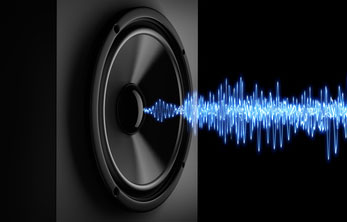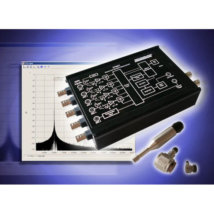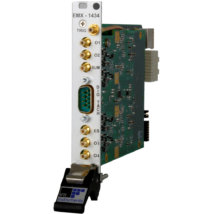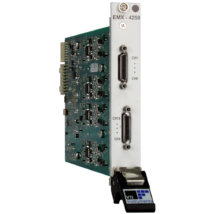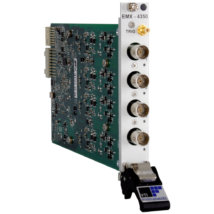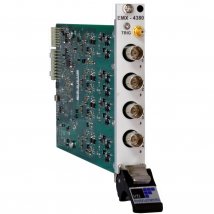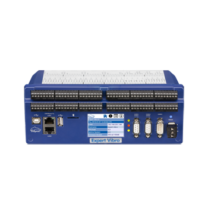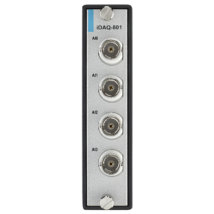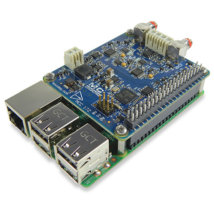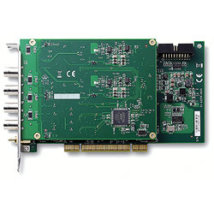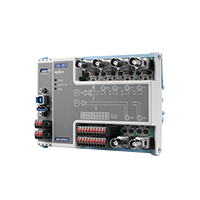Sound & Vibration
Sound is defined as any change in pressure (in air, water or any other medium) that can be detected by the human ear. The most familiar instrument for measuring pressure variations is the barometer. However, variations in atmospheric pressure are far too slow to be perceived by the human ear.
But when these changes in atmospheric pressure occur more quickly, at least 20 times per second, you can hear them and call them “sound.”
Noise
Sound can also be a source of annoyance. Indeed, music that some people crave is considered by others as an undesirable sound.
In acoustics, an unwanted sound is called “noise”. The sound does not have to be strong enough to be embarrassing. A cracking floor, a leaky faucet or the neighbor’s lawnmower that starts just when you’re going to enjoy the tranquility of a fabulous Sunday afternoon in summer can hinder more than a thunderclap.
Frequency
The frequency of a sound wave (movement of air particles produced by a vibrating sound source) is the number of pressure variations per second expressed in hertz (Hz). The sound has a very wide frequency range. For young people, the range of audible frequencies is between 20 and 20 000 Hz.
In low frequencies, the air particles vibrate slowly and produce serious sounds. In high frequencies, the particles vibrate rapidly and produce high-pitched sounds.
Acoustic Level
The second parameter used to describe the sound is the amplitude of the pressure variations. The lowest sound that a healthy human can hear has an amplitude of 20 μPa * (20 10-6 Pa) which is considered the threshold of hearing. The ear is able to withstand pressures up to one million times larger, ie up to 100 Pa, which is considered the threshold of pain.
The pascal (symbol: Pa) is the unit SI (International System of Units) of constraint and pressure. It takes its name from the scientist Blaise Pascal. In accordance with the rules of the International System, the name of this unit begins with a lowercase (pascal), but since it comes from a proper name, the symbol begins with a capital letter (Pa). The equivalences are: 1,013 hPa = 1,013 bar ≈ 1 atm = 760 mmHg (millimeter of mercury or torr).
A pascal pressure is a uniform stress which, acting on a flat surface of 1 square meter, exerts a total force of 1 newton perpendicular to this surface.
16 of 16 results
-
DT9837
4-Channel High Performance Data Acquisition for Sound and Vibration Measurements
Discover -
EMX-1434
204.8 kSa/s Smart PXIe Arb. Waveform Source, with 2-CH Tach and 4-CH DIO
Discover -
EMX-4250
16-Channel, 204.8 Ke/s smart PXIe DSA Digitizer
Discover -
EMX-4350
625 KS/S, 4-CH, 24-Bit Smart PXIe DSA Instrument, IEPE and Voltage
Discover -
EMX-4380
625 KS/S, 4-CH, 24-Bit Smart PXIe DSA Instrument, Charge, IEPE and Voltage
Discover -
Expert Transient
Transient data acquisition
Discover -
Expert Vibro
Vibration measurement
Discover -
iDAQ-801
256kS/s/ch, 24-bit, 4-ch DSA iDAQ Module
Discover -
MCC 172
DAQ-HAT MCC with 2 simultaneous analog inputs, 24-Bit, IEPE, 51.2 KS/s for Raspberry Pi®
Discover -
MCM-100
Machine Condition Monitoring Edge Platform
Discover -
PCI-9527
24-Bit High-Resolution Dynamic Signal Acquisition and Generation Module
Discover -
PCIE-1802
216 kS/s, 24-bit, 8/4-ch PCIE Card for Sound and Vibration
Discover -
PCIE-1803
128 kS/s, 24-bit, 8-ch PCIE Card for Sound and Vibration
Discover -
USB-2405
4-CH 24-Bit 128kS/s Dynamic Signal Acquisition USB 2.0 Module (OEM version available)
Discover -
USB-5801
4-ch, 24-bit, 192 kS/s USB 3.0 I/O Module for Sound and Vibration (with AO and ...
Discover -
WebDAQ-504
IEPE data logger, internet-enabled, with 4 simultaneous channels, 24-bit resolution, 51.2 kS/s/ch max sample rate, ...
Discover

